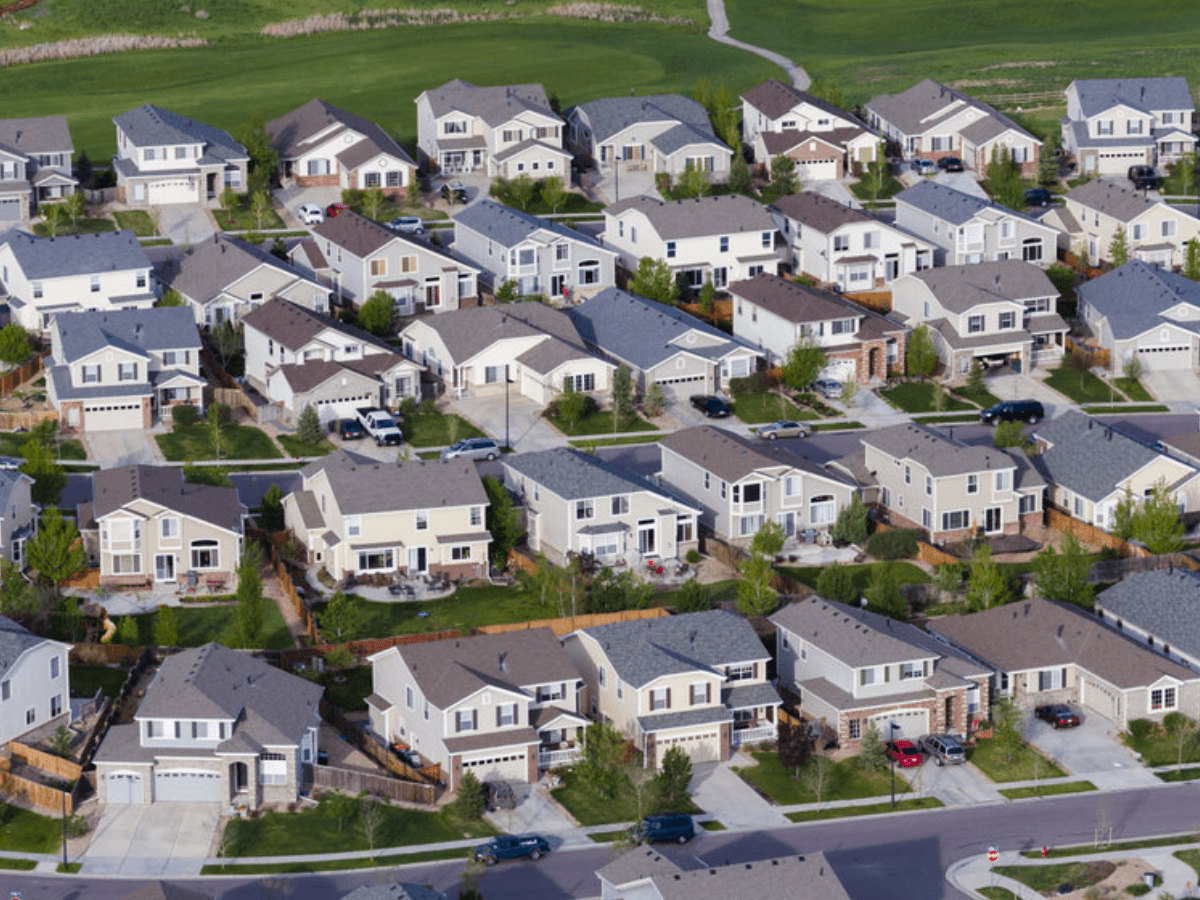
What Trump’s Presidency Could Mean for the Housing Market
Donald Trump’s second term is officially underway, and the housing market is already abuzz. While it’s too soon to draw definitive conclusions, early signs suggest that Trump’s re-election is shaping up to be a key factor influencing home-buying trends in the coming year.
A Surge in Housing Demand Despite Rising Rates
In the days following the election, homebuyer activity surged unexpectedly. Data from real estate platforms like Redfin showed a 25% year on year jump in buyer inquiries during the weekend following Trump’s win—the highest jump since the 2022 housing slump.
The spike came despite a sharp rise in mortgage rates, which hit 7.13% the day after the election, baffling many observers.
Some attribute that to renewed confidence in Trump’s economic policies. Others speculate buyers may have held off on major decisions until the election uncertainty settled.
Mortgage Rates Remain A Wildcard
The boost in mortgage rates—driven in part by market expectations of new tariffs under Trump—has added roughly $200 to the monthly payment for a median-priced home. Though rates eased slightly to 6.92% by mid-November, there’s little hope they’ll dip below 6% in 2025.
That has prompted many housing experts to temper their expectations for a strong recovery in home sales this year.
Yet even with soaring rates, the appetite for homeownership remains strong. But this scenario—high demand paired with elevated rates—creates a problem. As the cost of buying a home climbs, affordability becomes an even steeper hill for buyers to scale.
Inflation is Down But Housing Costs Defy Gravity
Most inflation metrics have settled near the Federal Reserve’s 2% target, but housing remains an exception. Home prices rose 4.2% year on year last August, marking the 15th consecutive record high on the Case-Shiller index.
Adding to the financial strain are skyrocketing insurance premiums in areas vulnerable to floods and wildfires, worsening affordability challenges.
As a former real estate mogul, Trump is in a rare position to take on the housing crisis—and many would say it’s his responsibility to do so. His supporters, mainly young voters who backed him for the first time, will be watching closely. These are people who’ve struggled for years with sky-high rents or have had to live with their parents, holding on to the dream of owning a home someday.
That is because of the country’s massive housing shortage, which experts estimate is between 2 and 5 million homes. A big part of the problem comes from strict local rules that make building new homes harder. Zoning laws, endless environmental reviews, parking requirements and similar regulations often slow down or stop construction.
While state and local governments mainly set those rules, the federal government can play a big role. By tying federal funding to housing-friendly policies, it could push states to clear the way for more homes to be built, just like it has done with issues like the drinking age.
For a president who made his name in construction, fixing the housing crisis should be an easy win. Building more homes wouldn’t just make housing more affordable but also create jobs—a double boost for the economy.
Trump’s administration could tackle this by speeding up federal approvals for housing projects, boosting funding for affordable housing, and teaming up with private companies to spark development in areas that need it most. But will Trump take on the hard task?
His first term saw little progress on housing reform despite calls for change from both parties. Now he has a golden opportunity with a clear victory and a housing crisis too big to ignore. This is his chance to leave a legacy as a builder, not just of skyscrapers but of homes for millions of Americans.



